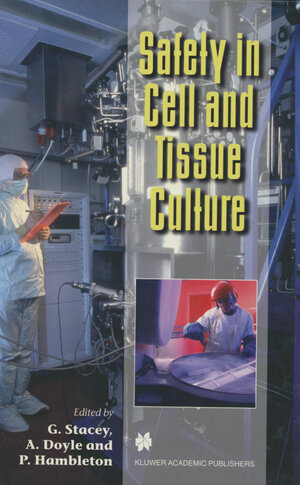
×
![Buchcover ISBN 9789401149167]()
`
This book is interesting first at all for biotechnologists and for industrial companies which all should urgently buy this book.
'
Cellular and Molecular Biology, 45:4 (1999)
Cellular and Molecular Biology, 45:4 (1999)
It is now more than half a century since animal cells first came into regular use in the laboratory. Instances of laboratory acquired infection and con tamination of therapeutic products, derived from the use of animal cell cultures are rare. The use of animal cells, in addition to an established role in the production of vaccines and therapeutic proteins, has many new medical applications including gene therapy, tissue engineering and cell therapy. Furthermore, C; ldvances in molecular and cell biology are enabling rapid development and application of these technologies and the development of new and more sensitive methods, such as nucleic acid amplification, for the characterisation of cells and the detection of adven titious agents. However, it is clear that there is no room for complacency in this field and the recent expansion in the use of animal cells in the manufacture of medical products and the development of new biological assays for diagnostic and pharmaco-toxicological screening, underlines the need for vigilance regarding the correct and safe use of animal cells as substrates. This book is therefore very timely and should prove to be a highly valuable text, finding a wider audience beyond those with respon sibility for laboratory safety. The book guides the reader from fundamental cell biology issues and the establishment of new in vitro methods, through testing and validation of cell lines and on to issues in the use of animal cells in manufacturing processes.



